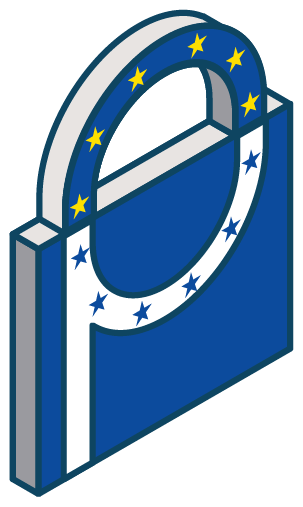Introduction
As software engineers, we are at the heart of building systems that thrive on data. The demand for real-time analytics, cloud migration, and data-driven applications has made the movement of data more critical than ever. Simply performing batch loads overnight is no longer sufficient. Modern enterprises need to capture data as it changes, in real time, with minimal impact on production systems. This is the domain of Change Data Capture (CDC).
CDC technologies are the unsung heroes of the modern data stack, enabling organizations to stream every insert, update, and delete from a source database to target systems. In the world of enterprise-grade CDC, two names consistently rise to the top: Oracle GoldenGate and Qlik Replicate.
Choosing between them is a significant architectural decision with long-term implications for performance, cost, and the skill sets required for your team. This blog post provides a direct, engineering-focused comparison to help you understand their core differences and make the right choice for your specific needs.
What is Oracle GoldenGate?
Oracle GoldenGate is a comprehensive software product for high-performance, real-time data replication and integration. Originally developed by GoldenGate Software Inc. and later acquired by Oracle in 2009, it has established a formidable reputation for robustness and low-latency data movement, especially in mission-critical environments [1]. While it carries the Oracle brand, it is a heterogeneous platform that supports a wide range of databases beyond just Oracle.
![Oracle GoldenGate Logical Architecture [7]](https://static-file-demo.automq.com/6809c9c3aaa66b13a5498262/69099d83062604d45cfe12f7_67480fef30f9df5f84f31d36%252F685e64dd4f55125c9a1926e8_C2aK.png)
From an architectural standpoint, GoldenGate uses a modular, microservices-based design that provides granular control over the data replication process. The key components include:
Extract: This is the primary capture process. It runs on the source database server and reads the database's transaction log (e.g., Oracle Redo Log, SQL Server Transaction Log) directly to capture DML changes (inserts, updates, deletes) in real time. This log-based approach has a very low impact on the source database's performance.
Pump: An optional but highly recommended process that receives data changes from the Extract process and sends them across the network to the target system. This decouples the primary capture process from network latency, improving resilience.
Replicat: This process runs on the target system. It reads the change data sent by the Pump and applies it to the target database, ensuring transactional integrity.
Manager: A control process that runs on both source and target systems to start, stop, and monitor the other GoldenGate processes.
This decoupled architecture is a core strength, allowing for immense tuning and flexibility in complex network topologies.
What is Qlik Replicate?
Qlik Replicate (formerly Attunity Replicate) is a universal data replication and ingestion platform designed for simplicity and speed of implementation. Its core philosophy is to provide a "Click-2-Replicate" experience, abstracting away much of the underlying complexity associated with setting up CDC pipelines.
![Qlik Replicate Overview [8]](https://static-file-demo.automq.com/6809c9c3aaa66b13a5498262/69099d83062604d45cfe12f0_67480fef30f9df5f84f31d36%252F685e64dd7bbc9ee1485171ed_AZab.png)
Qlik Replicate’s architecture is centered around a unified replication server that manages the end-to-end data flow. Like GoldenGate, it uses a low-impact, log-based CDC method to capture changes from the source database. However, its design prioritizes ease of use and a centralized management interface [2]. Key architectural characteristics include:
Agentless Design: In most scenarios, Qlik Replicate does not require the installation of proprietary software agents on the source or target database servers. It connects remotely using standard database clients and reads transaction logs, which simplifies deployment and maintenance.
Centralized UI: All replication tasks are designed, configured, executed, and monitored from a single web-based console. This GUI-driven workflow is highly intuitive, allowing users to set up complex pipelines without writing scripts.
In-Memory Processing: Data is processed in memory on the Qlik Replicate server, enabling high-speed data transfer and allowing for in-flight transformations before the data is written to the target.
This streamlined approach makes Qlik Replicate a powerful tool for organizations that need to support a wide array of systems without investing in highly specialized administrative staff [3].
Head-to-Head Comparison: An Engineer's Perspective
While both platforms achieve the same fundamental goal of replicating data, they do so with different philosophies. The choice between them comes down to a trade-off between granular control and universal ease of use.
Architecture and Performance
Both GoldenGate and Qlik Replicate are renowned for high performance and minimal impact on source systems. Their log-based CDC approach is far more efficient than any trigger-based or query-based method. However, their architectural differences lead to different performance characteristics.
Oracle GoldenGate: Its microservices architecture allows for maximum scalability and fine-tuning. You can configure multiple Extract, Pump, and Replicat processes to create parallel streams, optimizing throughput for extremely high-volume environments. This level of control is unparalleled but requires a deep understanding of the tool to configure correctly. It is engineered for sub-second latency and is often the standard for mission-critical systems where every microsecond counts [4].
Qlik Replicate: Its centralized server architecture simplifies management but means the replication server itself can be a bottleneck if not sized correctly. However, its highly optimized, in-memory engine is incredibly efficient at moving data. Its performance is excellent for the vast majority of enterprise use cases, and its agentless design can be a significant advantage, reducing the operational burden on database administration teams.
Summary: For absolute maximum throughput and the lowest possible latency in complex, high-volume scenarios, GoldenGate has the edge due to its granular tuning capabilities. For excellent performance combined with simpler setup and management, Qlik Replicate is exceptionally strong.
Ease of Use and User Experience (UX)
This is the most significant point of divergence between the two platforms.
Qlik Replicate: This is Qlik's home ground. The platform is celebrated for its intuitive, GUI-driven workflow. An engineer can define a source, select a target, and start replicating data in minutes, with the tool automatically handling much of the underlying configuration. This dramatically lowers the barrier to entry and accelerates project timelines. It empowers generalist data engineers rather than requiring dedicated specialists.
Oracle GoldenGate: Historically, GoldenGate has been a powerful but notoriously complex tool, relying heavily on command-line configuration and scripting. While the latest versions with the Microservices Architecture include a comprehensive web-based UI that has vastly improved usability, the platform's depth and number of tunable parameters mean it still has a much steeper learning curve [5]. Effective GoldenGate administration remains a specialized skill set.
Summary: For ease of use, speed of implementation, and overall user experience, Qlik Replicate is the clear winner.
Source and Target Support
Both platforms boast impressive support for a wide range of heterogeneous sources and targets, including relational databases, data warehouses, and streaming platforms.
Oracle GoldenGate: As expected, its support for Oracle databases is second to none, with deep integration for all versions and features. Its support for other major databases like Microsoft SQL Server, DB2, and MySQL is also very mature and robust. Its list of supported targets includes major cloud data warehouses and message brokers.
Qlik Replicate: Qlik's strategy has been to be the "universal translator" of the data world. It supports an exceptionally broad array of endpoints, including legacy systems, mainframes (which is a key differentiator), and virtually every modern cloud data warehouse and data lake platform on the market.
Summary: This is a near tie, as both are excellent. GoldenGate has the deepest integration with Oracle systems. Qlik Replicate arguably has a slight edge in the sheer breadth of its connectivity, especially when including legacy and mainframe systems.
Total Cost of Ownership (TCO)
TCO is more than just licensing fees; it includes the cost of hardware, development time, and ongoing operational management.
Oracle GoldenGate: GoldenGate is a premium enterprise product with a corresponding price tag. Licensing can be complex and is often cited as a significant investment. Furthermore, the need for specialized, highly-trained administrators to manage the platform adds to the overall TCO.
Qlik Replicate: Qlik is often positioned as a more cost-effective alternative. Its licensing is typically viewed as more straightforward, and more importantly, its ease of use reduces the dependency on expensive specialists and accelerates development. This can lead to a substantially lower TCO [6].
Summary: For organizations where budget and overall TCO are primary concerns, Qlik Replicate generally presents a more compelling financial case.
How to Choose: A Practical Decision Framework
The right choice depends entirely on your organization's priorities, existing infrastructure, and team skills.
You should choose Oracle GoldenGate if:
Your ecosystem is heavily Oracle-centric. The deep integration and performance optimizations for Oracle databases are unmatched.
You require sub-second latency for mission-critical, high-volume transactional systems. The architecture is built for this level of performance.
You need the ultimate granular control over the replication topology and process. The modular design allows for complex configurations that other tools cannot match.
You have an experienced team of DBAs or dedicated GoldenGate administrators. The platform's power is best harnessed by specialists.
You should choose Qlik Replicate if:
Ease of use and speed of implementation are your top priorities. Your team can be productive in days, not months.
You need to support a highly diverse landscape of sources and targets. Its universal connectivity is a key strength.
Your goal is to empower a team of generalist data engineers. The intuitive GUI lowers the skill-set barrier required for enterprise-grade replication.
Total Cost of Ownership (TCO) is a critical decision factor. Its combination of licensing costs and reduced operational overhead is highly attractive.
Here is a summary table to guide your decision:
| Feature | Prioritize Oracle GoldenGate | Prioritize Qlik Replicate |
|---|---|---|
| Primary Workload | Mission-critical Oracle replication | Universal, heterogeneous data ingestion |
| Performance Needs | Extreme low-latency, high-volume | High-performance, rapid deployment |
| User Experience | Deep, granular control | Simple, intuitive GUI |
| Team Skill Set | Specialized administrators | Generalist data engineers |
| Ecosystem | Oracle-centric environments | Highly diverse, multi-vendor |
| Cost | Performance is worth the premium | TCO is a primary driver |
Conclusion
Both Oracle GoldenGate and Qlik Replicate are exceptional platforms that stand at the pinnacle of enterprise data replication. There is no single "best" tool—only the right tool for the job.
Oracle GoldenGate is the specialist's power tool: an incredibly robust, high-performance engine that offers unparalleled control, perfect for enterprises that need to master complex, high-stakes Oracle environments. Qlik Replicate is the versatile workhorse: a user-friendly, universal platform that dramatically simplifies the process of connecting a disparate data landscape, making powerful CDC technology accessible to a broader audience.
By evaluating your architectural needs, team capabilities, and business objectives against this framework, you can make an informed decision that will serve your organization’s data strategy for years to come.
If you find this content helpful, you might also be interested in our product AutoMQ. AutoMQ is a cloud-native alternative to Kafka by decoupling durability to S3 and EBS. 10x Cost-Effective. No Cross-AZ Traffic Cost. Autoscale in seconds. Single-digit ms latency. AutoMQ now is source code available on github. Big Companies Worldwide are Using AutoMQ. Check the following case studies to learn more:
Grab: Driving Efficiency with AutoMQ in DataStreaming Platform
Palmpay Uses AutoMQ to Replace Kafka, Optimizing Costs by 50%+
How Asia’s Quora Zhihu uses AutoMQ to reduce Kafka cost and maintenance complexity
XPENG Motors Reduces Costs by 50%+ by Replacing Kafka with AutoMQ
Asia's GOAT, Poizon uses AutoMQ Kafka to build observability platform for massive data(30 GB/s)
AutoMQ Helps CaoCao Mobility Address Kafka Scalability During Holidays
JD.comx AutoMQ x CubeFS: A Cost-Effective Journey at Trillion-Scale Kafka Messaging
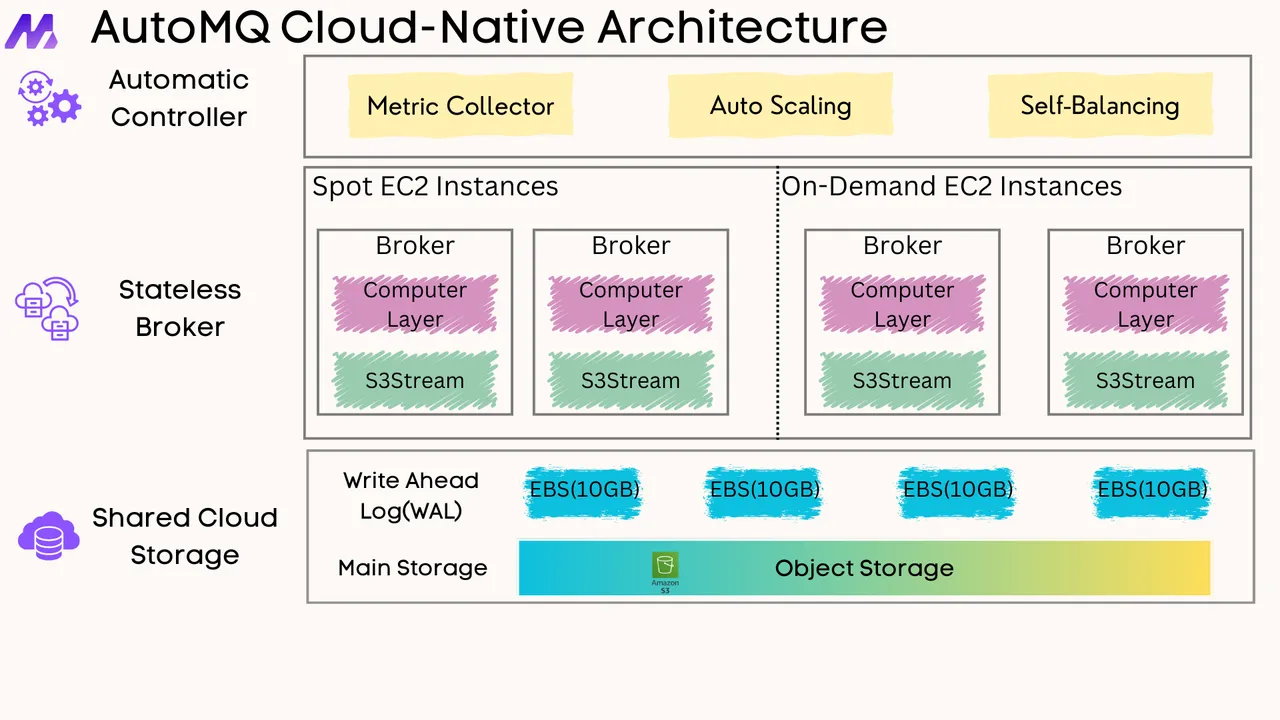





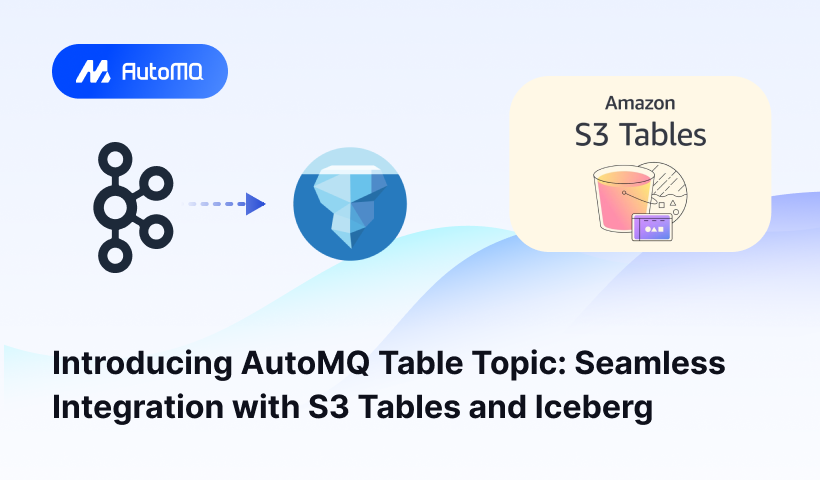
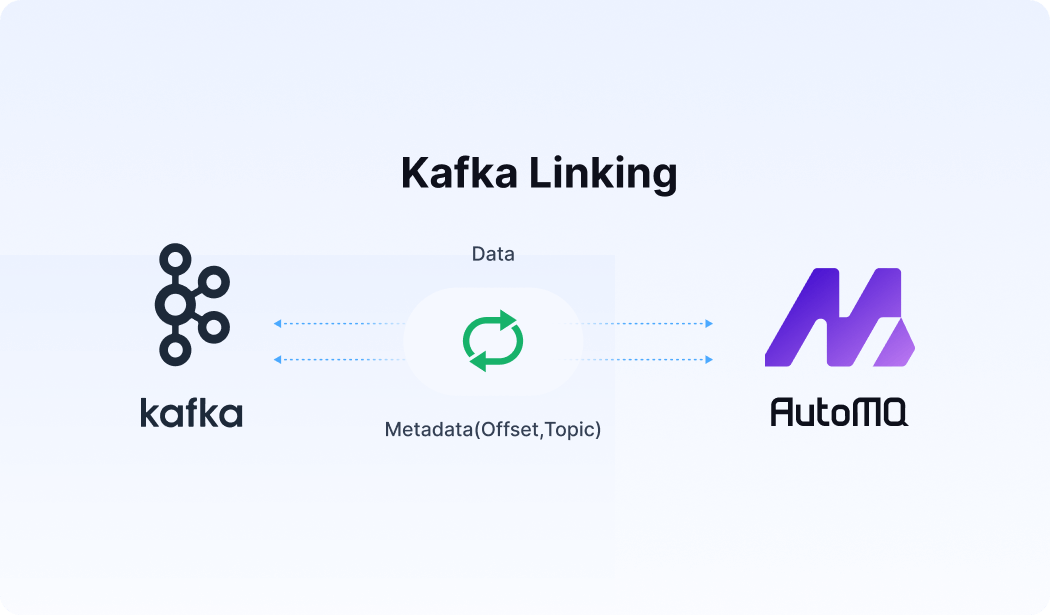




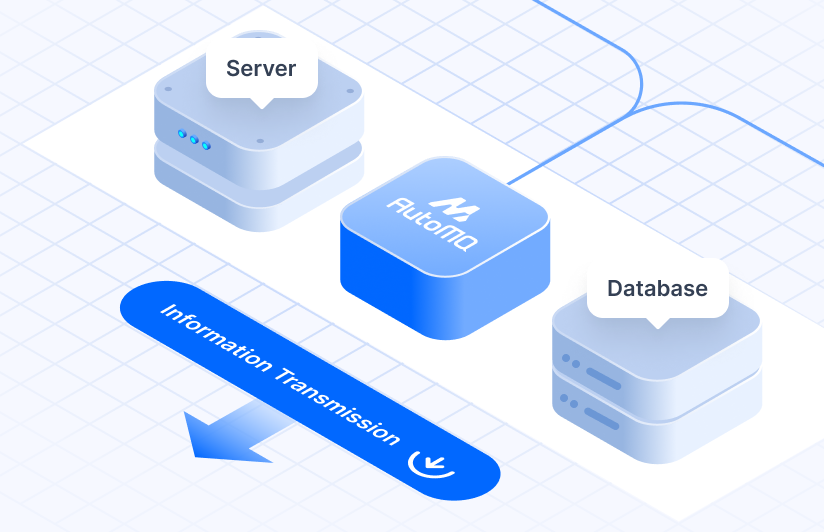



.png)






